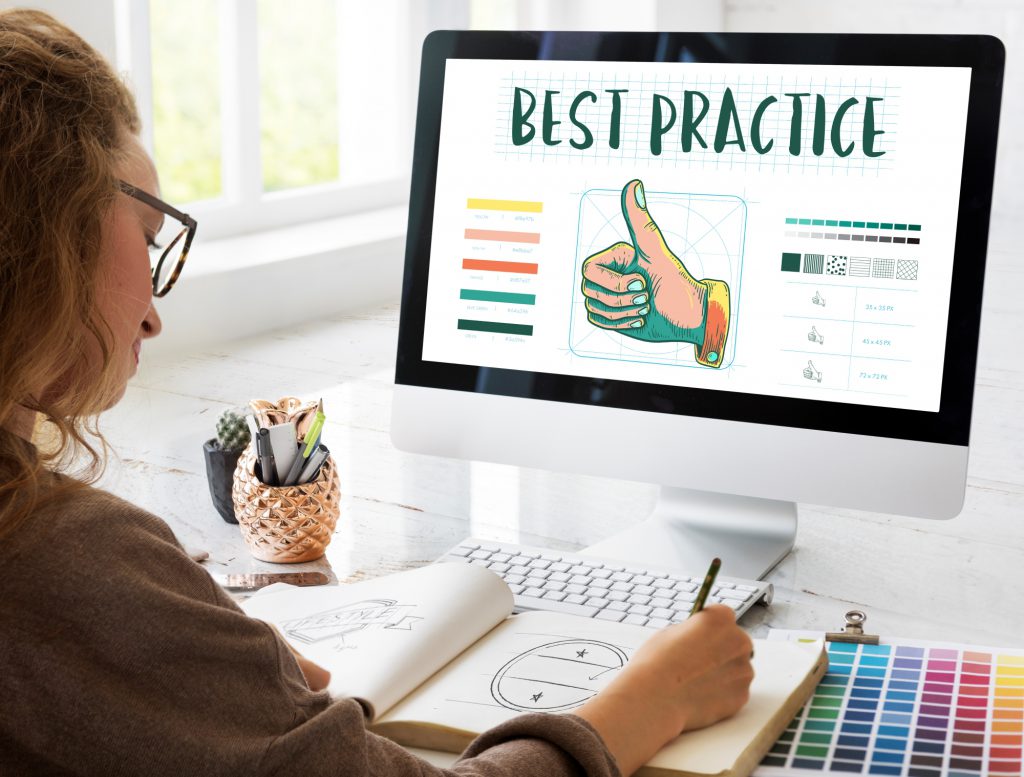Agile retrospectives are a crucial part of the agile methodology that enables teams to continuously improve their processes. Retrospectives are periodic meetings where team members discuss what went well, what didn’t go well, and what they can do to improve. These meetings help teams identify areas of improvement and develop strategies to overcome obstacles.

Retrocadence.com is a platform that helps agile teams run effective retrospectives. The platform provides tools and features that enable teams to run engaging retrospectives and collaborate effectively. In this blog, we’ll discuss how Retrocadence.com can help agile teams, as well as best practices for running effective agile retrospectives.
How Retrocadence.com Can Help Agile Teams
- Predefined templates: Retrocadence.com provides predefined retrospective templates that teams can use to run their retrospectives. These templates are designed to guide the discussion and ensure that all the important aspects of the retrospective are covered.
- Customizable questions: The platform also allows teams to customize the questions in the templates or create their own questions. This feature enables teams to tailor the retrospective to their specific needs and goals.
- Real-time collaboration: Retrocadence.com enables real-time collaboration, which means that team members can collaborate on the retrospective from different locations. This feature is especially useful for remote or distributed teams.
- Anonymous feedback: Retrocadence.com allows team members to provide anonymous feedback. This feature encourages open and honest communication, which is essential for effective retrospectives.
- Action item tracking: The platform also provides a feature for tracking action items. This feature enables teams to assign tasks, set due dates, and track progress on action items.
Best Practices for Running Effective Agile Retrospectives
- Set clear goals: Before starting the retrospective, it’s essential to set clear goals and objectives. This will help the team stay focused and ensure that the retrospective is productive.
- Encourage open communication: Agile retrospectives should be a safe space for team members to share their opinions and ideas. Encourage open communication and ensure that everyone has an equal opportunity to speak.
- Use a structured approach: Using a structured approach, such as the predefined templates provided by Retrocadence.com, can help ensure that all important aspects of the retrospective are covered.
- Focus on improvement: The main goal of a retrospective is to identify areas of improvement and develop strategies to overcome obstacles. Make sure that the team stays focused on this goal throughout the retrospective.
- Follow up on action items: After the retrospective, it’s essential to follow up on the action items identified during the meeting. This will help ensure that the team continues to make progress and improve their processes.
In conclusion, Retrocadence.com is an excellent platform for agile teams looking to run effective retrospectives. The platform provides tools and features that enable real-time collaboration, anonymous feedback, and action item tracking. By following best practices such as setting clear goals, encouraging open communication, and using a structured approach, teams can run productive retrospectives that lead to continuous improvement.


